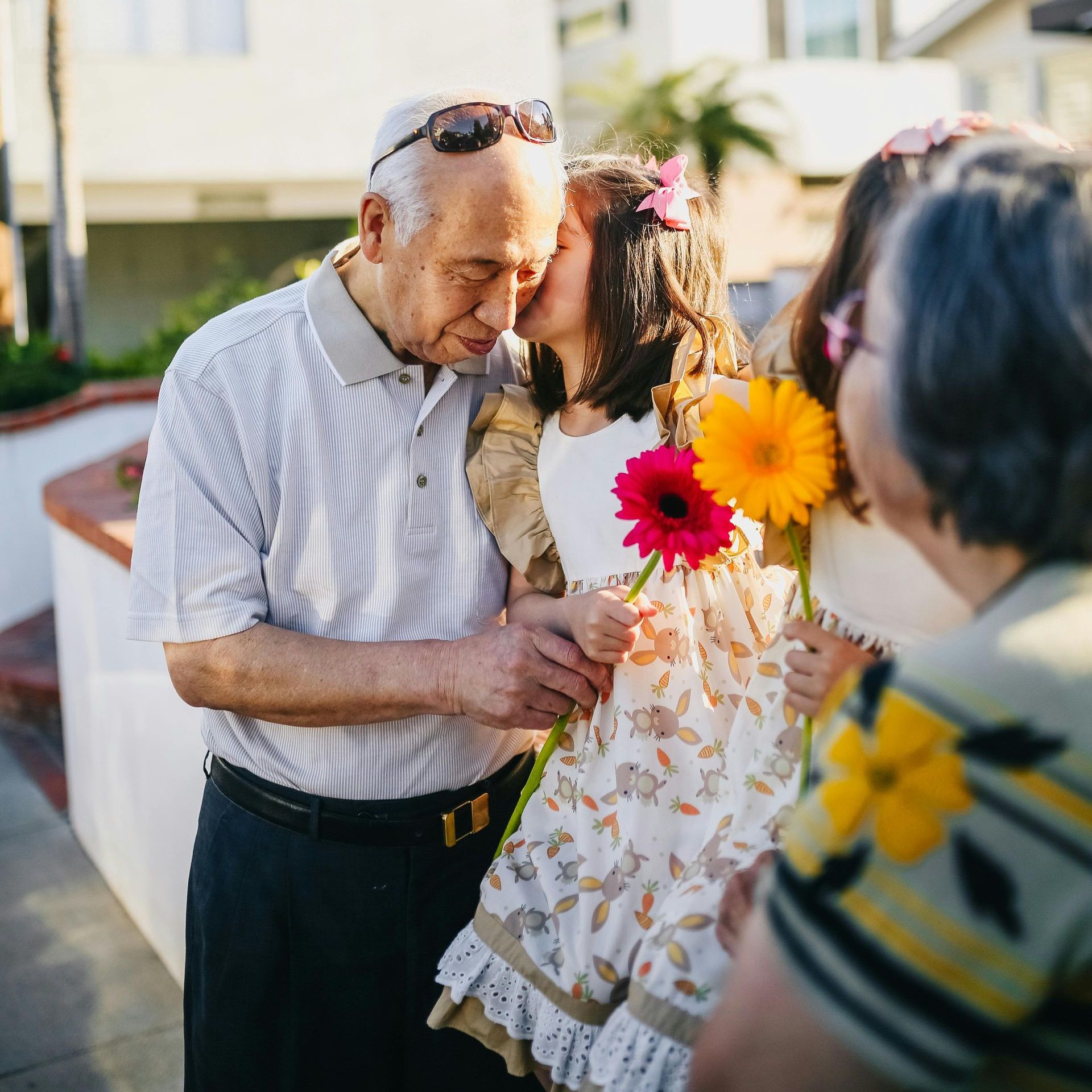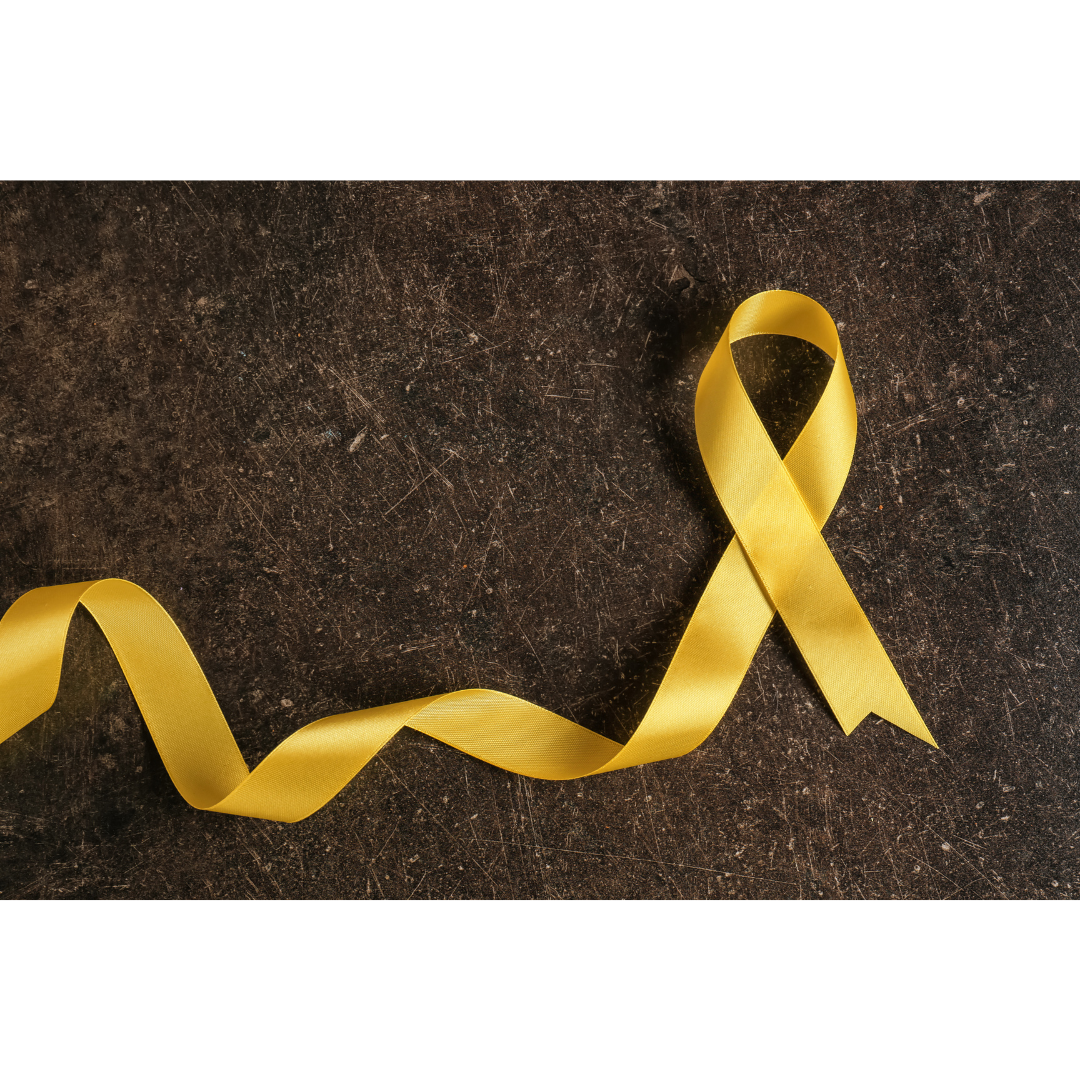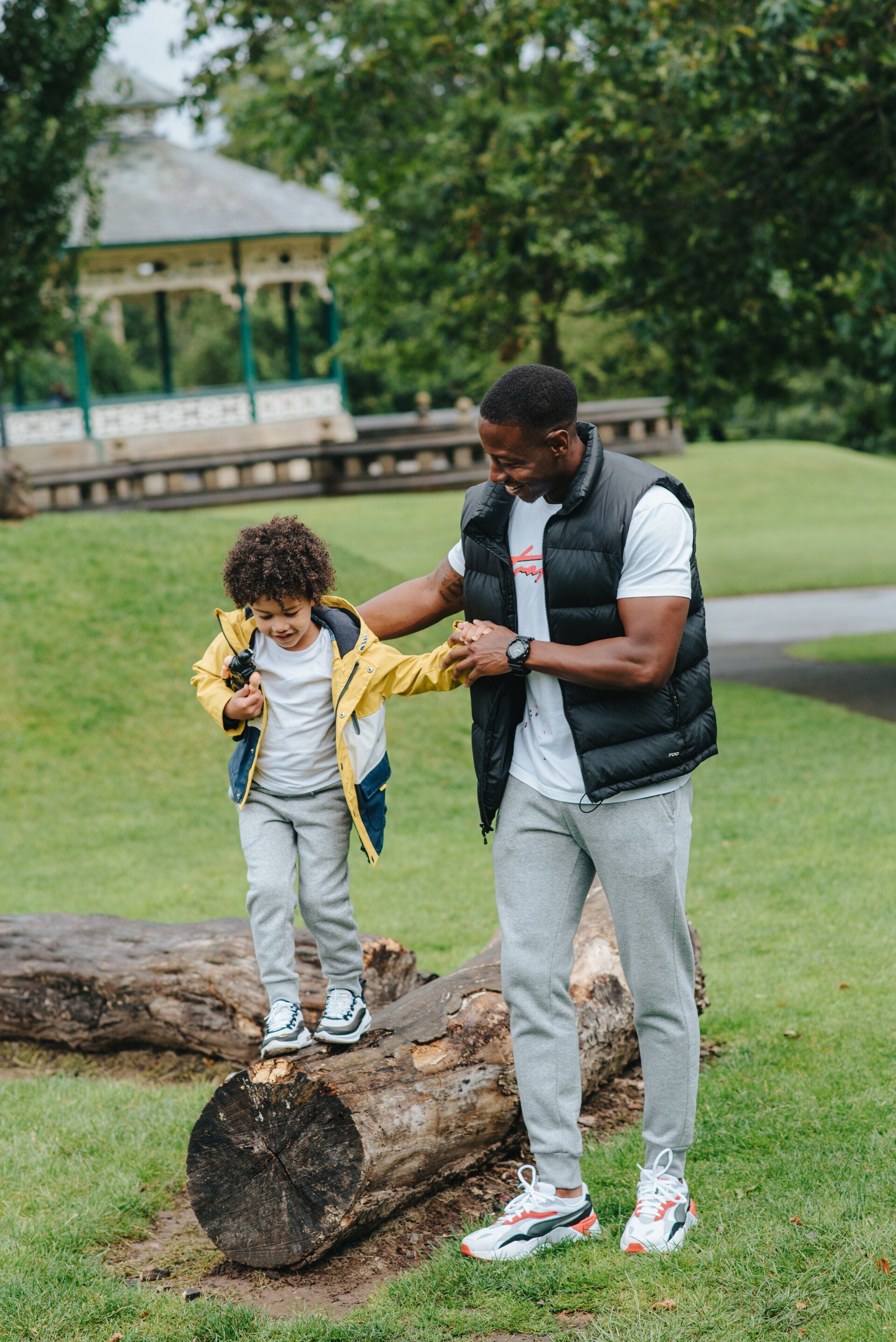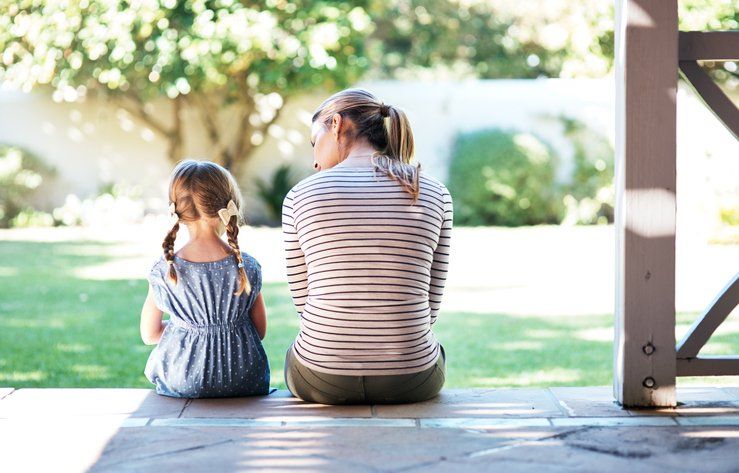How Can Safer Greetings Empower Children's Body Autonomy?
Keep reading to find out simple ways you can empower your child’s sense of safety and choice!
Key Takeaways
- Teaching kids safer greetings helps them learn body autonomy and consent . It builds confidence and respect for personal boundaries .
- A Courageous Voice uses age-appropriate tools like role-playing, stories, and discussions to teach children about safe touches and saying no.
- Parents can encourage autonomy by respecting their child’s choice to refuse hugs or kisses. Asking permission shows children that consent matters.
- Prevention education, like programs from A Courageous Voice, empowers kids to recognize unsafe situations and make informed choices about their bodies.
- Talking openly with family about a child’s right to set boundaries fosters trust and promotes long-term safety in relationships.
The Importance of Teaching Children about Boundaries and Body Autonomy
Teaching kids about body autonomy helps them value their personal space and control over their bodies. It builds confidence and a strong sense of self, which are vital for healthy relationships.
A Courageous Voice works to teach children that their bodies belong to them. The group helps kids understand they can refuse unwanted touches , like hugs or kisses. It uses age-appropriate language and activities so even young children can learn about safe boundaries and personal space.
By giving these lessons early, kids gain a strong sense of self and learn how to protect their body autonomy .
Parents also get tools and advice from A Courageous Voice. You receive clear steps on teaching consent at home while creating a supportive environment for open communication. Their programs in Detroit, Michigan, focus on child abuse prevention, helping youth and communities respect personal choices around physical affection.
Key Takeaways from A Courageous Voice's approach
Teaching children about their bodies starts with simple, clear lessons. You help them learn that their body belongs to them and no one else. This builds confidence and teaches the importance of consent early on.
A Courageous Voice focuses on empowering kids by using age-appropriate tools like stories, role-playing, and discussions about safe touches versus unsafe touches .
You are encouraged to respect your child’s choice in social situations. If they say “no” to a hug or kiss from family members, support them without question. These moments teach kids it’s okay to set their own boundaries.
By creating a safe space for open talks, they also learn how to react if someone crosses those lines later in life.
Empowering children with knowledge about consent and saying no
You can teach children about consent by making everyday moments count. For example, ask, "Would you like a hug?" instead of assuming physical affection is okay. This shows respect for their feelings and helps them feel in control of their bodies.
Let them know it’s always okay to say no to touches they don’t want.
Explain that their body belongs to them and that trusted adults will support their choices. Use simple words during bath time or while reading body safety books to reinforce these ideas.
Role-playing also helps kids practice saying no confidently in safe settings.
Supporting Children in Making Their Own Choices about Physical Affection
Let kids decide how they want to show affection, like offering a fist bump instead of a hug. Teach them that it's okay to set boundaries for their comfort and safety.
The significance of allowing children to choose about their bodies
Giving children the power to decide about their bodies builds confidence and respect for themselves. It helps them set healthy boundaries with others, which is a crucial life skill.
For instance, allowing a child to say no to a hug teaches that consent matters in all interactions.
You can model this by asking permission before giving hugs or kisses. This small act shows that consent must be respected at any age. Teaching children they have ownership over their body reduces risks of inappropriate behavior and promotes mental health early on.
The empowerment approach taken by A Courageous Voice to protect children from sexual abuse
A Courageous Voice uses child abuse prevention education to teach children about body autonomy and consent. This approach helps protect them from sexual abuse. Focusing on a child’s right to control their body builds confidence and emotional intelligence at an early age.
Teaching these lessons young gives children the tools they need to recognize unsafe situations.
The organization also promotes conversations about boundaries using clear, age-appropriate language. Through stories, role-play activities, and real-life examples, kids learn how to safely say “no” or seek help if needed.
Its mission emphasizes creating safer communities by fostering respect for personal choices and comfort levels.
Letting children make their own decisions about physical affection is a key step in building autonomy skills.
Teaching Children about Consent and Protecting Them Against Sexual Abuse
Teach children that their bodies belong to them, and they have the right to control what happens. Use stories or playtime to help kids learn about consent in a way they understand.
Lessons to explain that children’s bodies belong to them
Use age-appropriate language to explain that every part of your child’s body is their own. Teach them the correct names for private parts , so they can talk about their bodies clearly and confidently.
Simple lessons, like saying “Your body belongs to you,” help reinforce this idea from a young age.
Role-playing can work as a powerful tool to teach consent. For example, act out asking for permission before giving hugs or holding hands. Use storytelling to show what respecting boundaries looks like in everyday life.
These methods make learning engaging while building confidence in understanding body autonomy .
Introducing the concept of asking for permission through role-playing and storytelling
Teaching children about consent can start with role-playing and storytelling . These methods help explain that their bodies belong to them. You can act out simple scenarios, like asking for a hug or high-five.
Show how it feels to say "yes" or "no." Use clear language like, “May I hold your hand?” Let your child practice responding.
Storytelling also works well. Share stories where characters use permission before touching or entering someone’s space. For example, read children’s books focusing on body parts and boundaries of others.
These tools make lessons easy to understand and fun while building life skills against child abuse early on in their growth journey.
Handling Family and Friends Who May Not Understand Boundaries
Some people may struggle to accept your child's need for boundaries. It's important to explain their right to control their body calmly and clearly.
Conversations with friends and family regarding children's boundaries
Talking about children’s boundaries with family and friends can feel challenging. You may need to explain why teaching bodily autonomy is important for your child’s safety and confidence.
Use clear examples to show that kids have the right to control their own bodies, even with close relatives.
Encourage adults in your life to ask before giving hugs or kisses to your child. Model this by asking permission yourself when showing affection. Remind them that questioning physical contact teaches respect and helps build trust for long-term relationships.
Next, explore tools from A Courageous Voice's program on supporting children in making choices about physical affection.
Tools and advice from A Courageous Voice to advocate for children's rights in these discussions
A Courageous Voice offers simple tools to help children advocate for their boundaries. Their Kids Voices Matter program is used in schools and other youth-serving organizations in Detroit, MI, and explains body autonomy in age-appropriate terms.
Their strategies make it easier for you to protect and empower your child.
Practice role-playing scenarios at home using advice from their programs. This helps children feel prepared to say no when needed. Share examples of consent through storytelling, which is an effective way for kids to grasp the concept early on.
Teaching Children That It's Okay to Say No
Children need to know that saying no is their right. This simple lesson can help them feel confident and safe in controlling their own body.
The importance of teaching children that it's acceptable to refuse physical affection
You must teach kids it’s fine to say no to physical affection . Saying no gives them control of their body and helps them feel safe. Children need to know they don’t have to hug, kiss, or touch anyone if they don’t want to.
Show them this is their right by practicing consent with everyday moments.
Asking for permission before a hug or holding hands shows respect for their feelings. You can use small steps like role-playing “yes” and “no” responses during playtime. This builds confidence and teaches boundaries naturally in child development.
Respecting your child's "no" also sets an example for others, creating a safer world where consent matters .
A Courageous Voice's initiatives in child safety education
A Courageous Voice works hard to protect children through education. Their programs, like Kids Voices Matter and Stronger Together, teach kids about body autonomy and boundaries. These efforts help children understand that saying no is their right.
Based in Bloomfield Twp., Michigan, the organization focuses on prevention by giving kids tools to stay safe.
The mission includes building safer communities by respecting personal choices. By teaching body language and consent , they empower young minds to recognize unsafe situations. This knowledge can prevent child abuse and boost confidence in decision-making.
Supporting children in making their own choices about physical affection helps build trust and safety at home and beyond.
Empowering Children Using Prevention Education
Prevention education teaches kids how to set boundaries and feel safe. It gives them tools to protect their bodies and speak up confidently.
The critical role of prevention education in teaching children about consent and boundaries
Teaching children about consent and boundaries early on gives them the tools to protect themselves. Programs like A Courageous Voice’s “Kids Voices Matter” make this possible. This child abuse prevention education helps children understand that their bodies belong to them, building confidence in saying no when something feels wrong.
Role-playing and storytelling are effective ways to teach these concepts. They help kids practice asking for permission and setting limits in safe, age-appropriate settings. These lessons also show how consent is an important aspect of everyday interactions.
Empowering children through prevention education paves the way for making informed personal choices about physical affection and safety.
Conclusion
Safer greetings give children the power to protect their bodies. They teach kids that saying no is okay and show them their choices matter . By allowing children to control how they greet others, you help them feel strong and confident.
These small actions build trust and keep kids safe from harm. You can make a big difference by starting these lessons today!
Keeping Kids Safe Offline & Online
FAQs
1. What does it mean to empower children's body autonomy?
Empowering children's body autonomy means teaching them that they have control over their own bodies and the right to set boundaries, which is a fundamental aspect of their safety and well-being.
2. How can safer greetings help teach children about body autonomy?
Safer greetings, like offering alternatives to hugs or physical contact, respect a child's boundaries and show them they can choose how they interact with others.
3. Why is teaching children about body autonomy important in the long term?
Teaching children body autonomy helps protect them from situations like sexual assault, builds confidence in setting limits, and fosters respect for themselves and others as young adults.
4. How can parents use tools like books or guides to teach this concept?
Parents can use resources such as children's books or a Parent’s Guide focused on the concept of body autonomy to start conversations about respecting personal space and understanding parts of their body.
5. What role does society play in empowering children's safety through this approach?
Society plays a big role by supporting practices that promote safer interactions for kids, sharing good news stories about progress, and following global standards like those supported by the United Nations.
Mailing Address
2510 Telegraph Road
STE L267
Bloomfield Twp., MI 48302
A Courageous Voice is a 501(c)3,
nonprofit organization
serving Wayne and Oakland Counties.
2025 A Courageous Voice All rights reserved.
Website Powered By: Ever Studios, LLC













